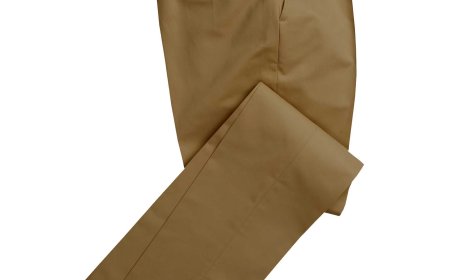Best Way to Stretch Leather Boots Without Damaging Them
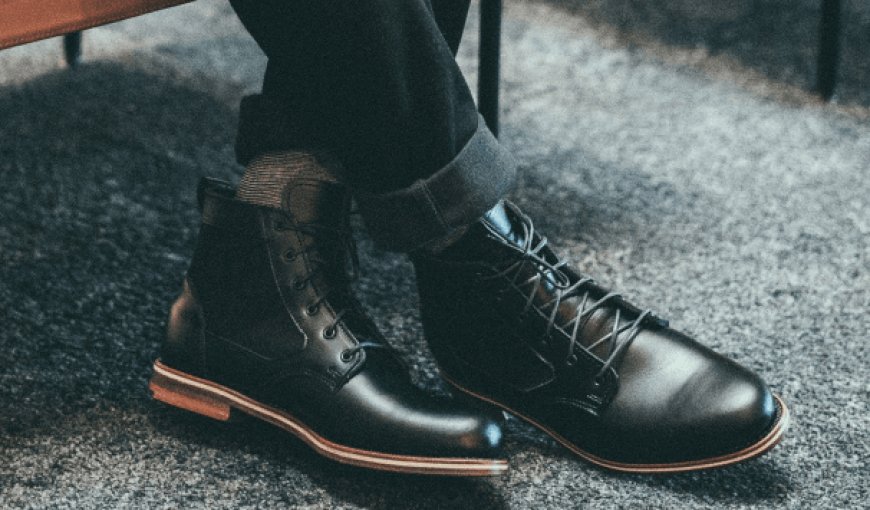
Leather boots are a prized component of many wardrobes, offering both style and durability. However, it is not uncommon for individuals to experience discomfort due to the fit of new or tightly constructed leather boots. Fortunately, stretching leather boots without inflicting damage is achievable through various methods. This article provides an in-depth exploration of effective strategies to stretch leather boots properly, ensuring both comfort and preservation of the material's integrity.
Understanding Leather as a Material
Before delving into stretching techniques, it is imperative to comprehend the nature of leather itself. Leather, a natural material derived from animal hides, possesses unique qualities that contribute to both its allure and challenges. A primary characteristic of leather is its tendency to mold to the wearer’s foot over time, adapting to individual shapes. However, the rigidity of newly acquired boots can lead to discomfort, often resulting in the desire to stretch them.
The structure of leather includes collagen fibers that provide strength, flexibility, and resistance to wear. Disturbing this delicate balance during the stretching process can lead to detrimental outcomes, such as cracking, distortion, or permanent damage. Therefore, it is essential to employ methods that advocate gradual stretching rather than aggressive manipulations.
Proven Methods for Stretching Leather Boots
Utilizing Boot Stretchers
One of the most effective tools in the endeavor to stretch leather boots is the boot stretcher. This device is designed to apply consistent, even pressure across the internal surfaces of the boots. Boot stretchers often come equipped with plugs that can be inserted into specific areas that require additional expansion, such as the toes or instep.
To use a boot stretcher effectively, first, ensure that the boots are clean and dry. Insert the stretcher fully into the boot and turn the knob gradually to expand the device. It is advisable to leave the stretcher in place for several hours or overnight, depending on the level of stretching required. For optimal results, consider applying a leather conditioning cream prior to stretching; this can enhance the leather’s flexibility and reduce the risk of cracking.
Heat Application Techniques
Another widely recognized method involves the application of heat, which can temporarily soften the leather and facilitate stretching. This technique requires a careful approach to avoid overheating, which may damage the leather. One effective method is to wear thick socks and put on the boots. Gradually walk around to warm the leather up as your body heat softens it.
Alternatively, a hairdryer can be utilized to apply controlled heat. Hold the dryer about six inches away from the leather surface, moving it gently to ensure even exposure. Once the leather becomes warm to the touch, gently flex your toes and ankles, which encourages the material to stretch. As with boot stretchers, it is essential to follow this practice with leather conditioning to restore moisture lost during the heating process.
The Freezer Technique
Using a mixture of ice and expansion, the freezer method allows for stretching leather boots by leveraging the principles of water expansion. This method is particularly favored because it avoids direct heat application, which can be hazardous.
To start, fill two resealable plastic bags halfway with water and ensure they are properly sealed. Insert one bag into each boot, positioning the bags so they fill the toe box and instep adequately. Place the boots upright in a freezer and allow them to freeze overnight. As the water inside the bags freezes, it will expand and exert pressure against the leather, causing it to stretch gently.
After the boots have remained in the freezer for a sufficient amount of time, retrieve them and allow them to thaw slightly before removing the bags. This allows the leather to relax back into its original shape without the pressure from the ice bags. Just as with previous methods, conditioning the leather afterwards is paramount.
Expert Tips for Long-Term Comfort
Regular Conditioning and Care
Maintaining the suppleness of leather is essential in preventing discomfort and facilitating gradual stretching. Frequent application of a high-quality leather conditioner replenishes oils and moisture that leather inherently lacks, particularly in dry conditions. This proactive approach not only safeguards against cracking but also enhances the leather's overall integrity, allowing it to stretch more effectively when needed.
Consulting a Professional Cobbler
When in doubt, or when faced with valuable or intricate leather boots, consulting a professional cobbler may provide peace of mind. Cobbler services extend beyond simple stretching to include comprehensive assessments of leather quality and fit. Experienced cobblers are adept at employing specialized techniques and tools that ensure your leather boots receive the attention they deserve.
Preventing the Need for Stretching
Understanding how to prevent discomfort begins with selecting the right boots from the outset. It is crucial to consider the boot's construction, including its shape, materials, and intended use. Additionally, purchasing boots that allow for adequate foot movement can minimize the need for alterations post-purchase.
Moreover, integrating insoles can provide extra cushioning and accommodate slight fit issues without necessitating stretching. Investing in high-quality insoles that fit the boot shape can markedly enhance comfort and prolong the lifespan of the leather.
Conclusion
Stretching leather boots can be achieved through various methods ranging from the use of dedicated tools to innovative household techniques. Understanding the characteristics of leather, coupled with respectful treatment, can effectively lead to a more comfortable fit without sacrificing the aesthetic quality of the boots. Regular maintenance, consulting professionals when needed, and preventative measures are integral in fostering both comfort and the durability of your leather footwear.
What's Your Reaction?
 Like
0
Like
0
 Dislike
0
Dislike
0
 Love
0
Love
0
 Funny
0
Funny
0
 Angry
0
Angry
0
 Sad
0
Sad
0
 Wow
0
Wow
0

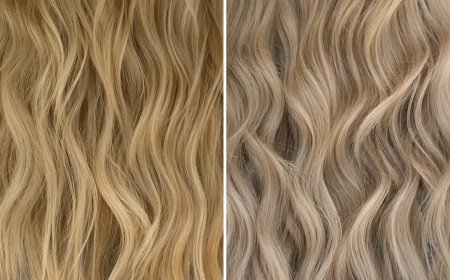
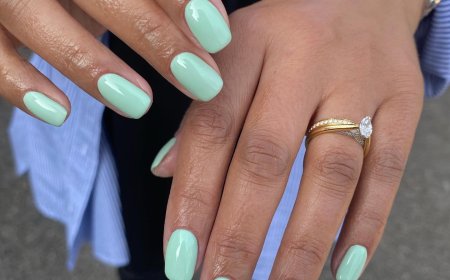


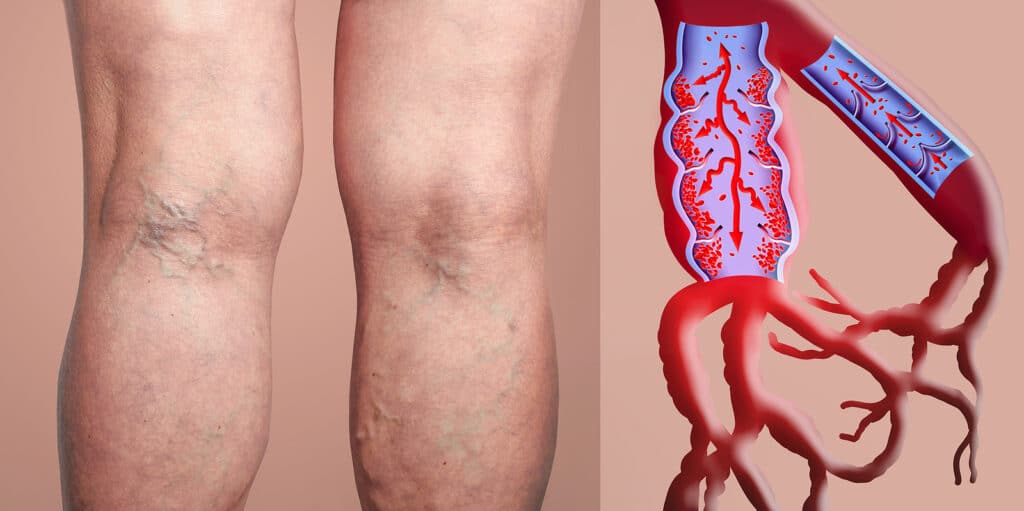



:max_bytes(150000):strip_icc()/drugstore-retinol-creams-tout-f76b9d2796e34eaa8376801c83fb1888.jpg)









